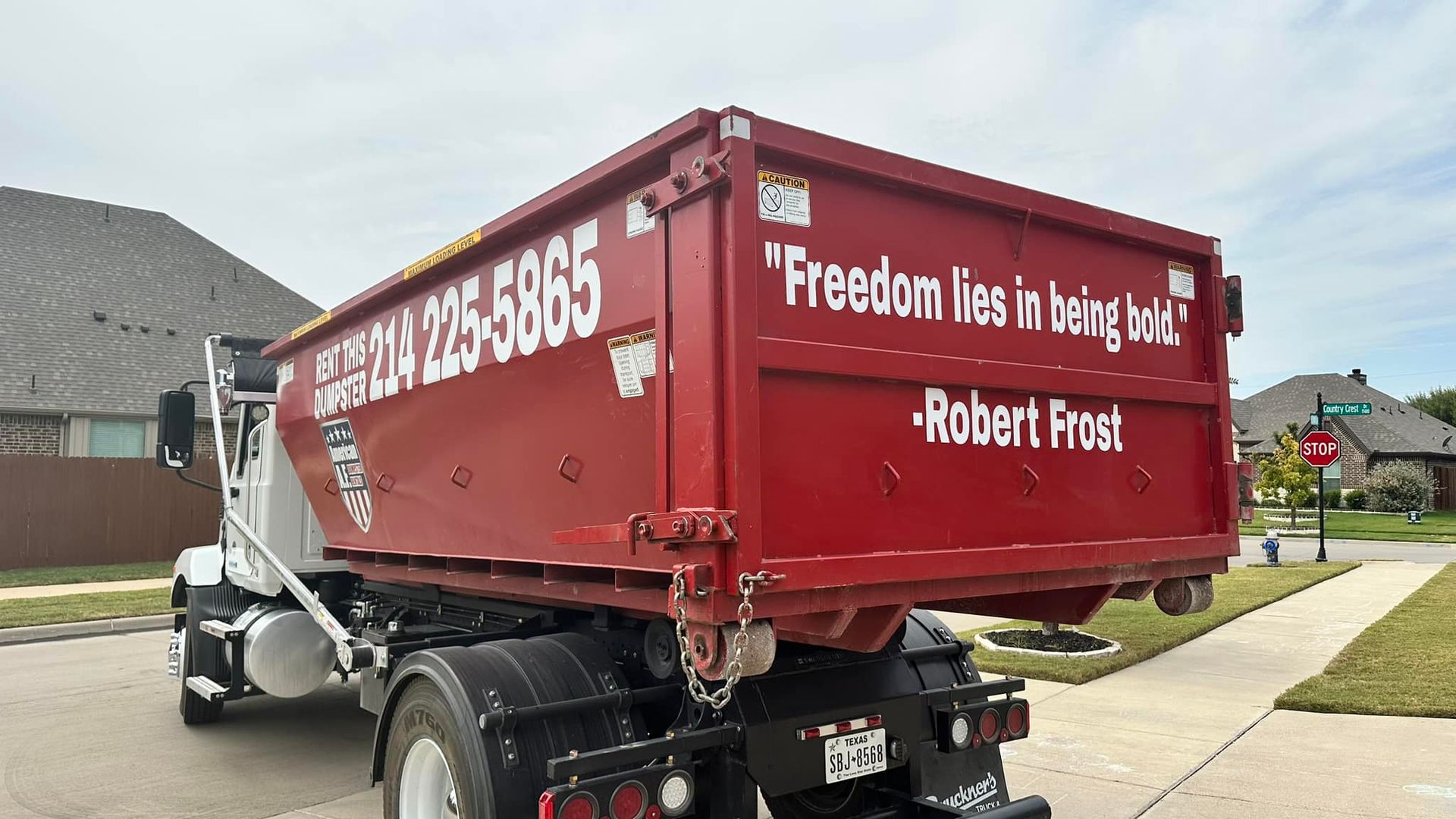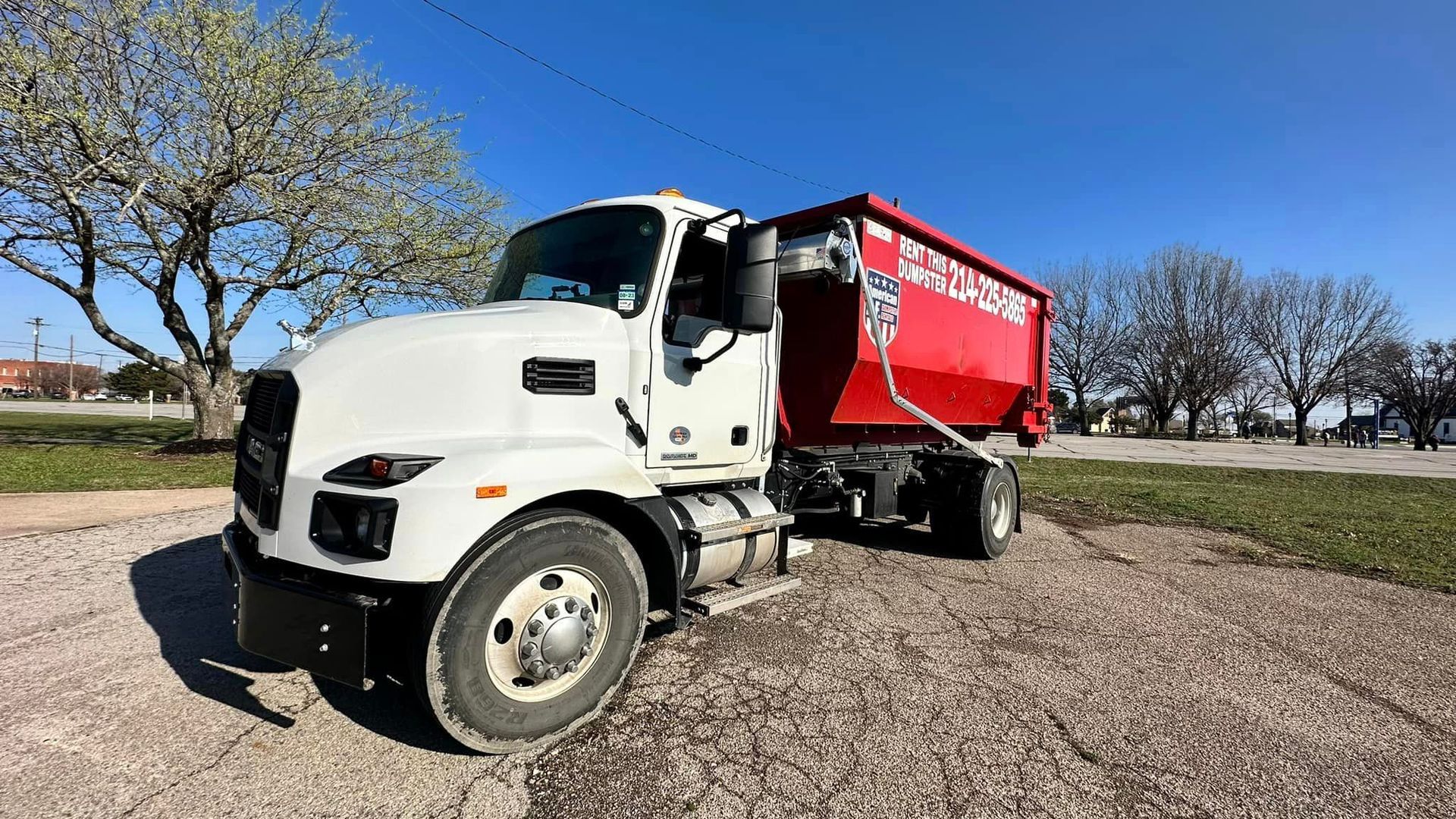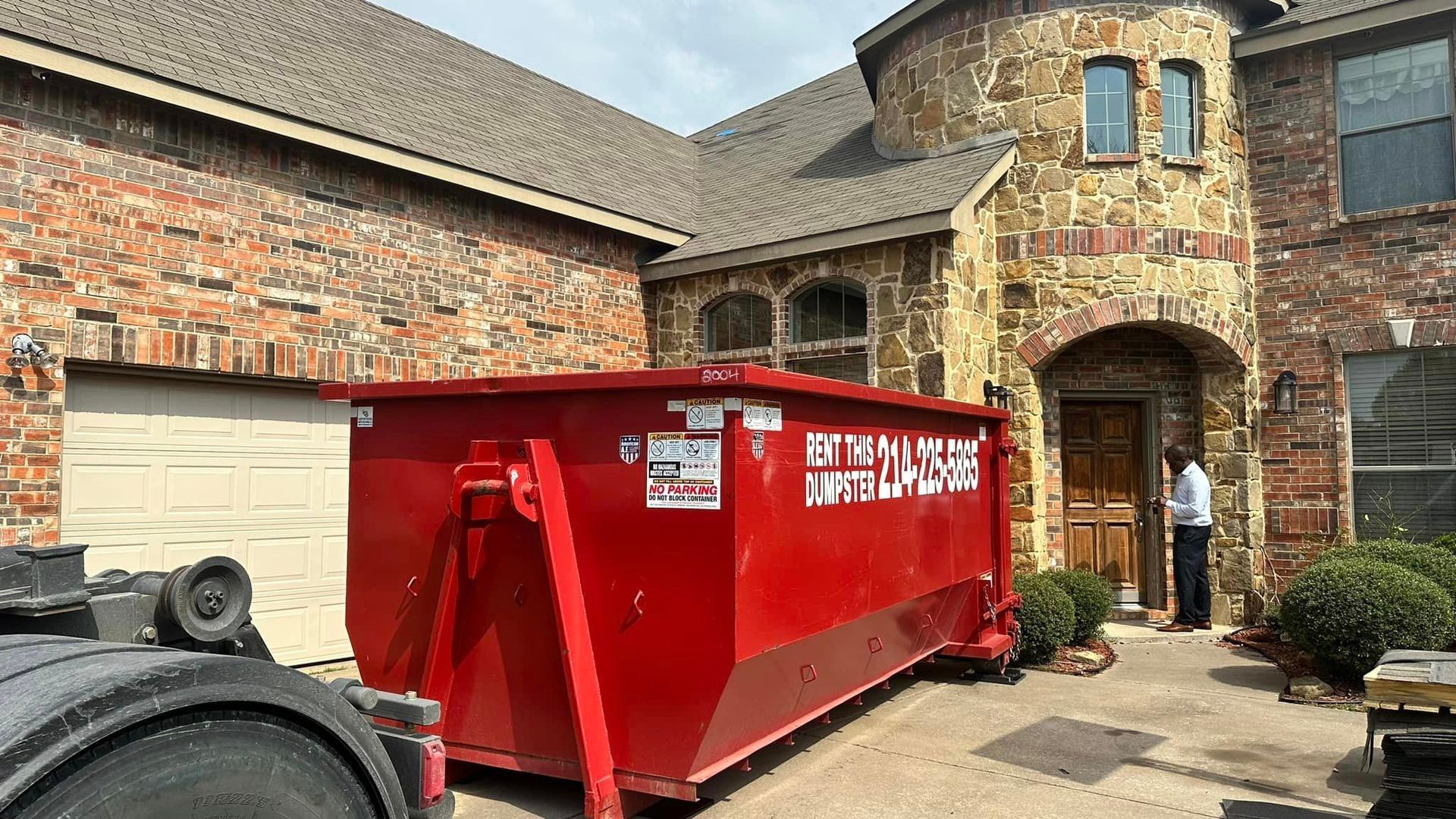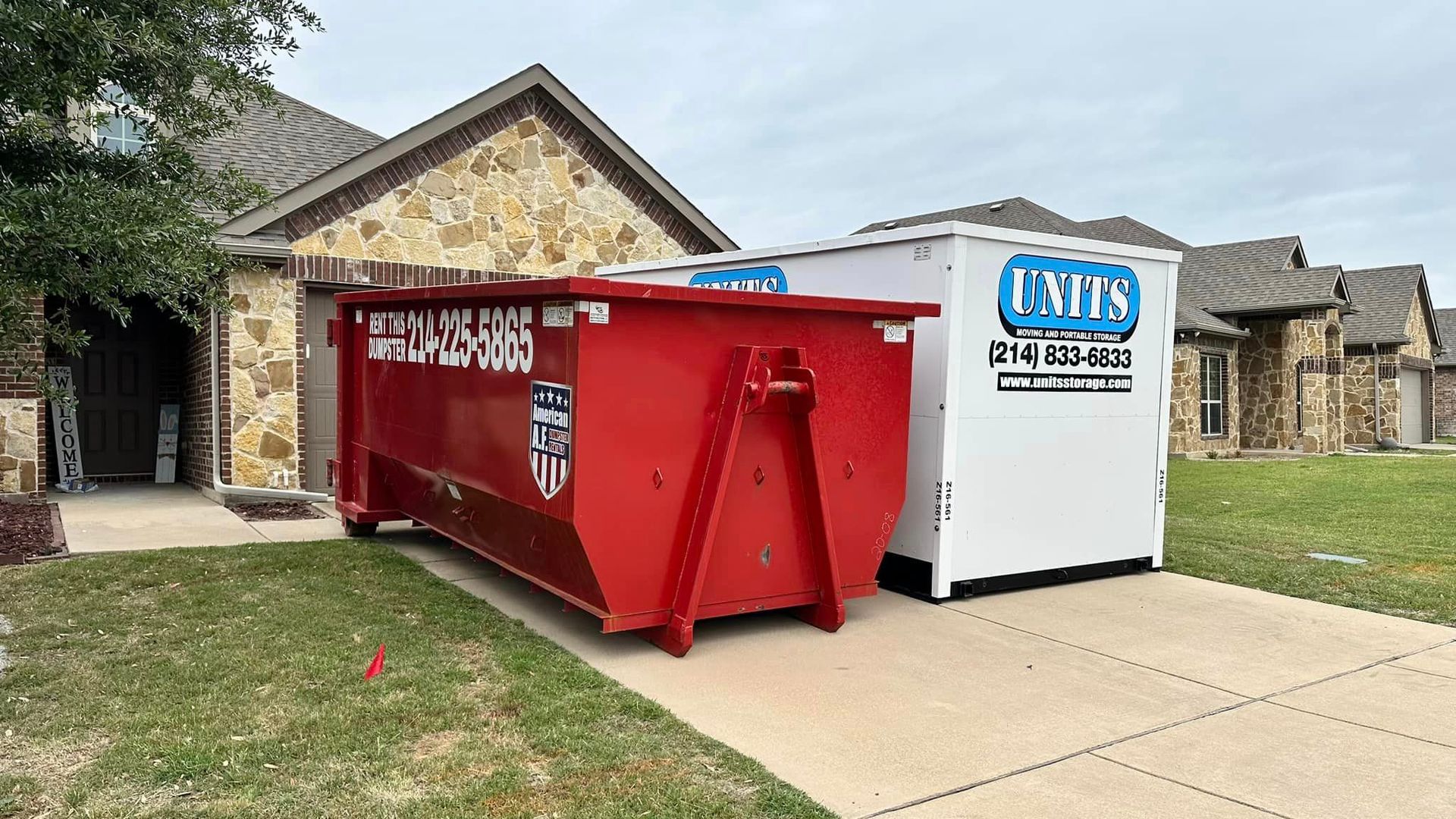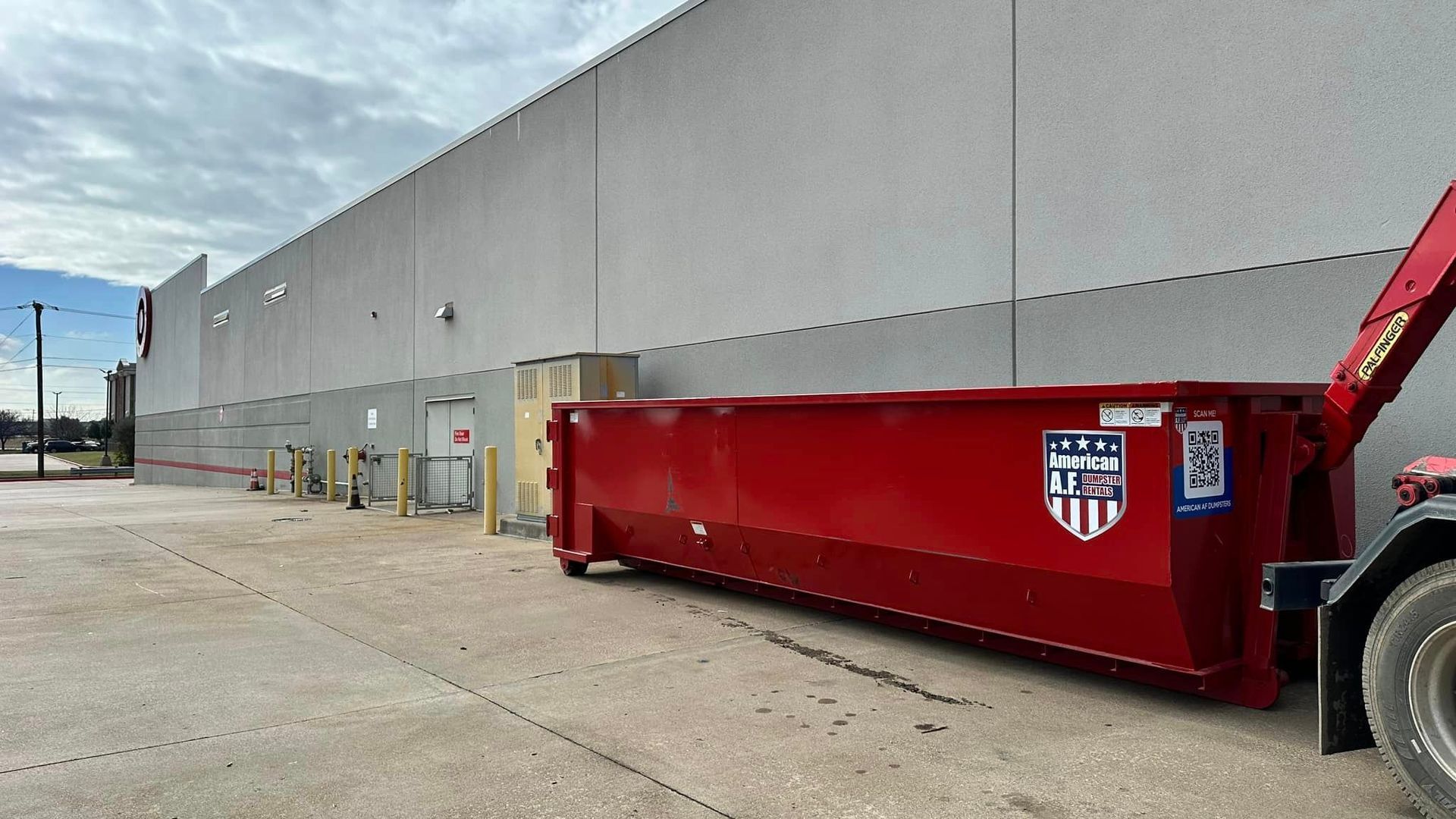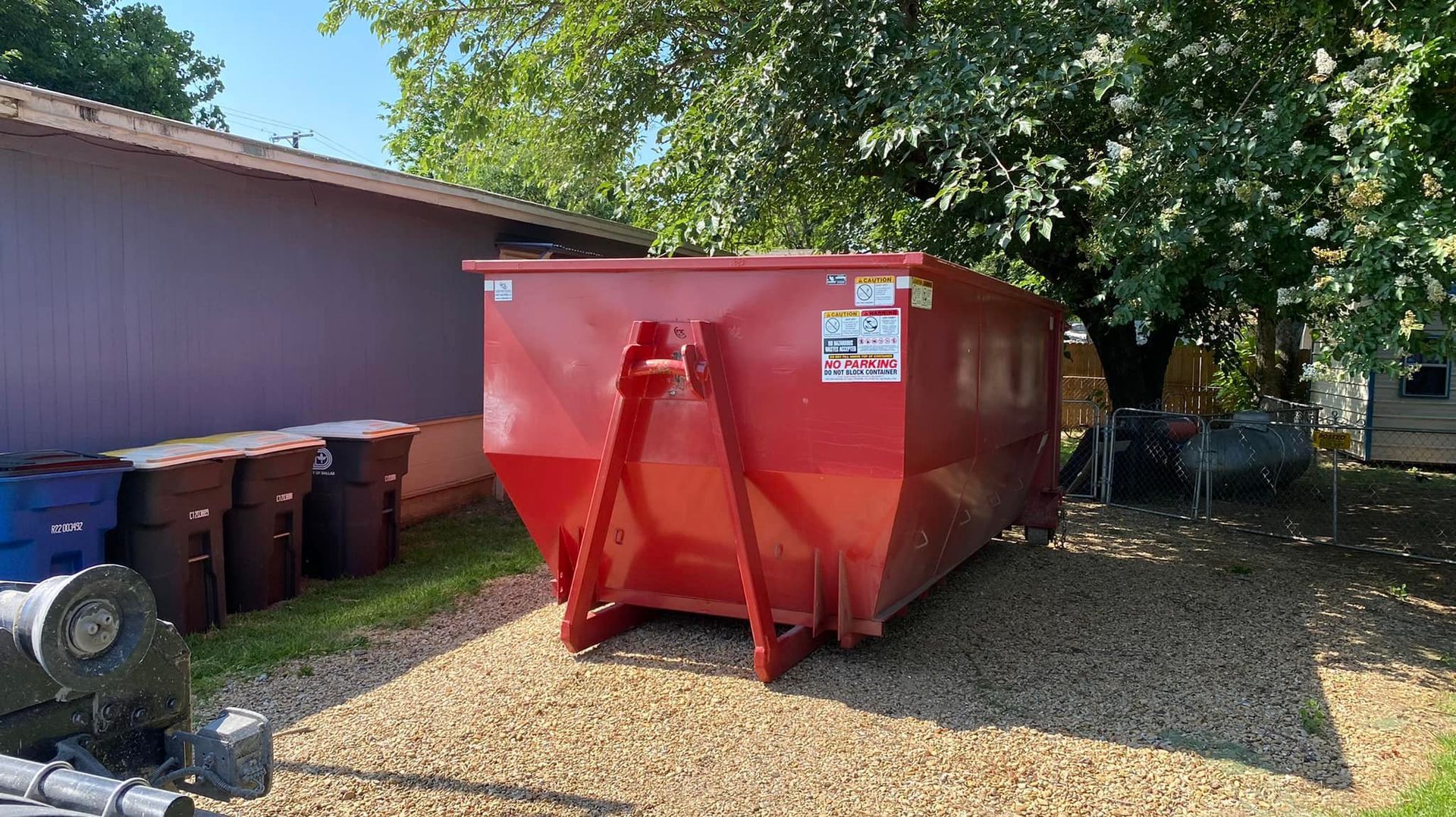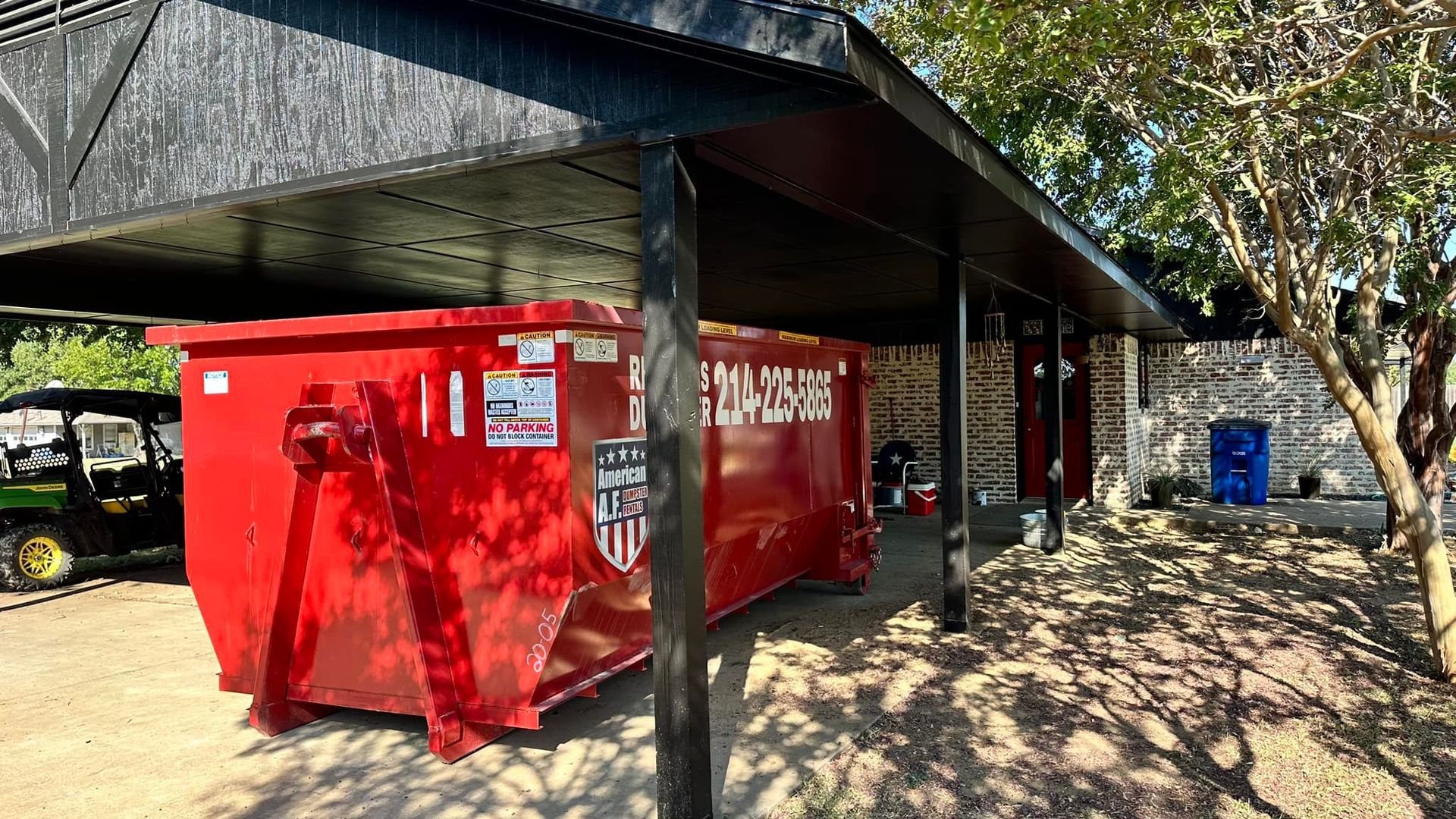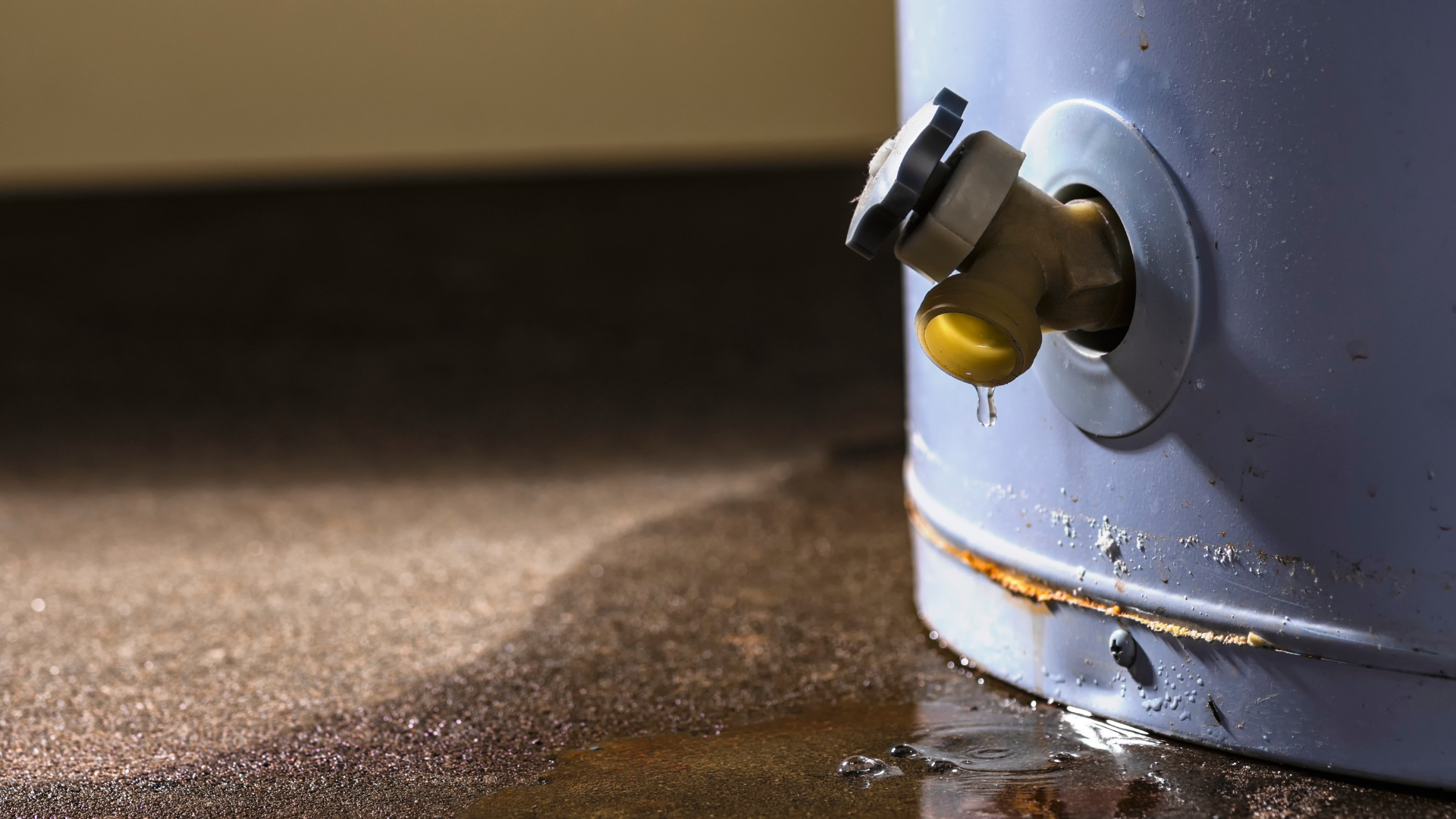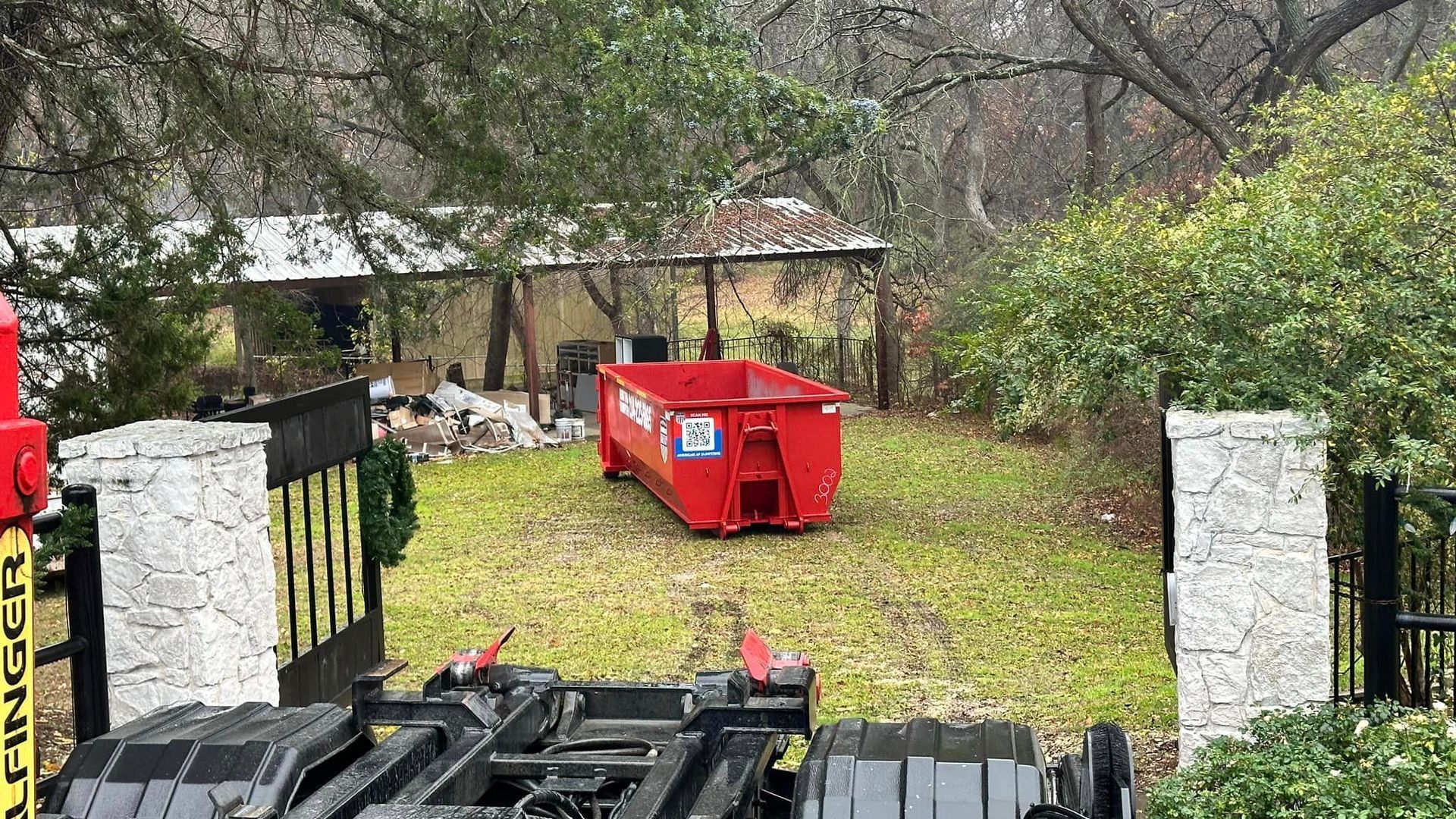How Many Cubic Feet In A Yard of Soil - Calculator
How Many Cubic Feet in a Yard?
Hello there! Are you in the midst of a landscaping project, trying to figure out the magic number of cubic feet in a yard? You're not alone! In America, we often deal with feet and inches, but when it comes to landscaping materials, the game changes to cubic yards. Let's demystify this together.
A yard, as you might know, measures 3 feet or 36 inches. So, a cubic yard? That's 27 cubic feet (3 x 3 x 3). This basic conversion is key in determining how much material you'll need, be it for your garden bed, new lawn, or flower beds.
Landscape Calculator
When planning your landscaping project, whether it involves adding a layer of topsoil for plant life or laying down mulch for your garden soil, getting the right amount of material is crucial. But, it's not just about the square feet or square footage; the depth and shape of the area you're covering play significant roles too.
Rectangular Area
Most common areas, like a standard garden bed or a new lawn, are rectangular. To calculate the volume of material needed (say, bulk topsoil or cubic feet of soil), measure the length and width in feet. Then, decide how many inches of topsoil or soil amendments you want. Convert these inches to feet (remember, 12 inches = 1 foot) and multiply length x width x depth. This gives you the total volume in cubic feet.
Want a quick answer? Try out our calculator for finding the cubic feet of a rectangular area below:
Rectangular Landscape Calculator
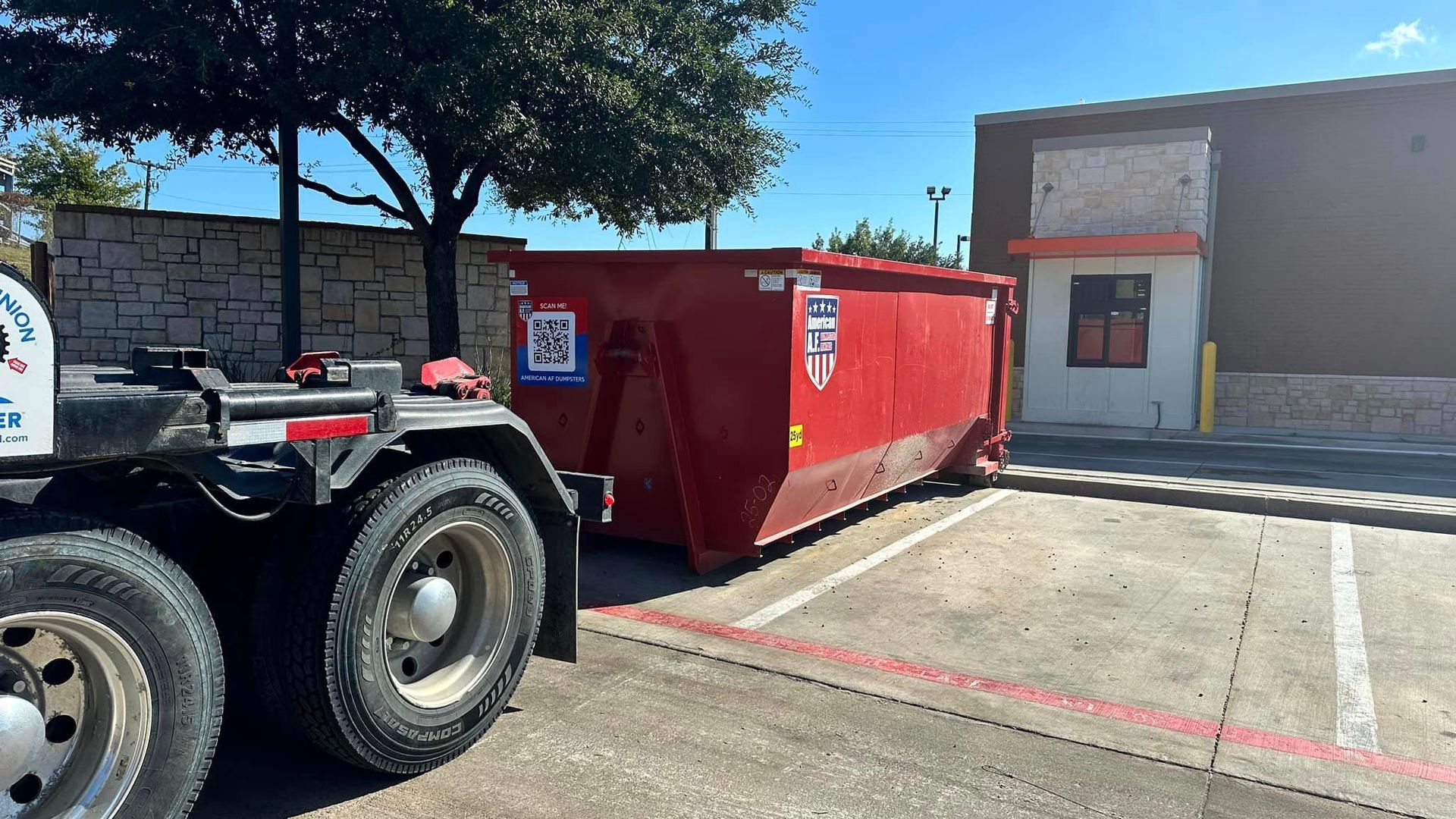
NEED A DUMPSTER?
Triangular Area
Got a triangular flower bed or an oddly-shaped garden corner? No problem. Measure the length of the base and the height, and use the formula: Area = 1/2 x base x height . Then, multiply by the depth in feet for the total volume.
Want a shortcut? Use the calculator we’ve made to find the cubic feet of triangular area below:
Triangular Landscape Calculator
Circular Area
Circular areas, like round flower beds or vegetable beds, require a bit more math. Measure the radius (half the diameter) and use the formula: Area=𝝿 x radius2. Multiply by the depth in feet for the volume.
Looking for a faster solution? Try out our calculator to find the cubic feet of a circular area:
Circular Landscape Calculator
Irregularly Shaped Area
Dealing with an irregularly shaped area in your landscaping project? No need to stress. The key is to break down the space into smaller, simpler sections. Calculate the volume for each of these sections using the calculators provided above. Once you've got your figures, just add them together. Precision is helpful, but don't fret over exactness. A ballpark figure will serve you well, especially if you factor in a little extra to cover any miscalculations.
Examples and Tips
- Rectangular Garden Bed:
Let's say it's 10 feet long and 5 feet wide, and you want 6 inches of topsoil. That's 10 x 5 x 0.5 = 25 cubic feet, or about 0.93 cubic yards.
- Circular Flower Bed:
With an 8-foot diameter, the radius is 4 feet. For 4 inches of soil, the calculation is π x 42 x ⅓ = 16.75 cubic feet or about 0.62 cubic yards.
- Irregular Shape:
Break it into a 6-foot square and a 3x3-foot triangle. Calculate each area, add them, and multiply by the depth.
Remember to always measure accurately with a tape measure, consider a 30% extra material for compaction, and when in doubt, consult with garden centers or use a topsoil calculator.
There you have it! Calculating the number of cubic yards for your landscaping project doesn't have to be overwhelming. Whether you're dealing with cubic yards of soil, mulch, or any landscape material, accurate measurements are your best friend. And don't forget, for bulk material like fill dirt or decorative stones, a pickup truck, dump truck, or dumpster rental might be what you need. If you’re in Dallas Texas, and need a dumpster rental for your next landscaping project, please don’t hesitate to call American AF Dumpsters for your needs!
Key Takeaways For “How Many Cubic Feet Are in a Yard of Soil?”
- Understanding Measurements:
In landscaping, understanding the conversion between feet and yards is crucial. Remember, a cubic yard equals 27 cubic feet (3 x 3 x 3).
- Rectangular Areas:
Multiply length, width, and depth (in feet) to find the cubic feet.
- Triangular Areas:
Use the formula: Area = 1/2 x base x height, then multiply by depth.
- Circular Areas:
Calculate using the formula: Area = π x radius^2, then multiply by depth.
- Irregular Shapes:
Break down the area into smaller shapes, calculate each separately, then sum up.
- Use of Calculators:
Utilize online calculators for quick and easy conversions from cubic feet to cubic yards for various shapes.
- Rectangular Garden Bed:
For a 10 feet by 5 feet bed with 6 inches of topsoil, you need approximately 0.93 cubic yards.
- Circular Flower Bed:
An 8-foot diameter bed with 4 inches of soil requires about 0.62 cubic yards.
- Irregular Shapes:
Divide, calculate, and sum up.
- Estimation and Extra Material:
Always measure accurately. For compaction and errors, consider adding 30% more material than your calculations suggest.
- Consultation and Resources:
When in doubt, consult with garden centers or use a topsoil calculator. For bulk materials like fill dirt, consider transportation options like a pickup truck, dump truck, or dumpster rental.
- Local Assistance:
For those in Dallas, Texas, seeking help with large landscaping projects, American AF Dumpsters offers dumpster rental services tailored to your needs.
By keeping these key points in mind, you can effectively estimate the volume of materials needed for your landscaping project, ensuring efficiency and reducing waste.

